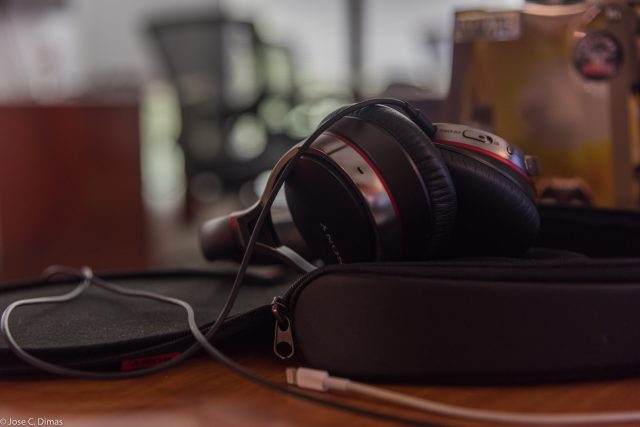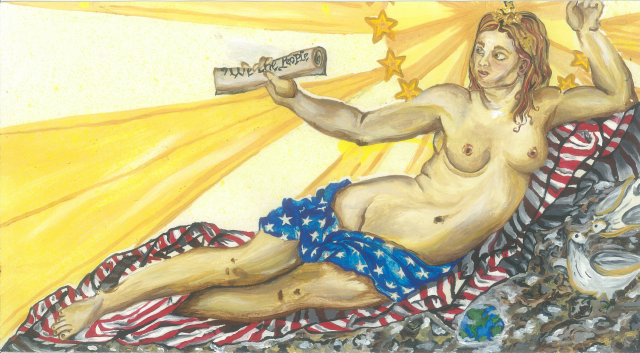In 2016, artists and music lovers have grown accustomed to the idea of surprise albums. Every few weeks it feels like the internet loses its mind over another under-the-radar surprise release that people claim is the end all, be all of music. In 2013, Beyoncé, or “Queen Bey” as her notoriously rabid fan base “The Beyhive” call her, created a seismic shift in the music industry when she dropped her self-titled visual album, Beyoncé without notice. The album, which went on to be a colossal double-platinum hit, was instrumental in changing how artists crafted and released their albums moving forward.
Though Beyoncé technically wasn’t the first major artist to drop an album unannounced, she took something with very little precedent and made it an acceptable practice in mainstream music — ushering in a new era of music marketing and release.
…artists now more than ever are marching to the beats of their own drums and breaking free from the rigid boundaries that have defined their industry for so long.
In the years following the success of that album, artists have begun to follow suit and take a less traditional, more experimental approach to how they create, brand, and roll out their music. From surprises, to visual albums (a collection of videos paired with songs that follow a loose narrative), to albums that the musician swears is a “mixtape,” artists now more than ever are marching to the beats of their own drums and breaking free from the rigid boundaries that have defined their industry for so long.
As experimental and surprise albums grow more common in the music landscape, media outlets like Vulture, The Ringer, and Cuepoint have published numerous articles questioning the authenticity and merits of this method of release. Many of these outlets and the greater public point to the surprise itself going from a novel, refreshing idea to just another marketing ploy used to retroactively power an album’s hype train. This in part has given skeptics a reason to consider surprise and visual albums nothing more than a gimmick that will certainly die down, but all signs point to this being a watershed moment in the history of popular music.
Following Beyonce’s path, artists including Drake, Chance The Rapper, Frank Ocean, Jay-Z, and Future have used the element of surprise with great success. Within the last year, each of these artists’ surprise projects have ALL debuted in the Top 10 of Billboard’s Top 100, culminating with Frank Ocean’s long awaited Blond, which debuted at No.1 and was the third-largest debut of 2016. Along with their commercial success, they’ve all experienced critical acclaim with each of their surprise albums scoring an average of at least seventy on Metacritic.
Clearly, fans and the listening public have proven that if an artist is significant and talented enough, their work will be sought out and praised, regardless of how much promotion they did before the release.
This level of repeated success isn’t a fluke. Clearly, fans and the listening public have proven that if an artist is significant and talented enough, their work will be sought out and praised, regardless of how much promotion they did before the release.
As of now, music is in a far more interesting place. These artists feel less and less beholden to the ridiculous amounts of promoting and hype-building for an album they need to put all of their energy into finishing. Now, the artist is empowered to create however they want, because the sales of their projects have shown, that at the end of the day, people judge the content of the album and not the presence or lack of promotion. By removing promotion and hype from the equation, musicians have put the onus on the listeners to judge their album based on the quality of the music presented.
The unpredictability of albums releases have put the excitement and spectacle back into popular music. Though we may be left waiting anxiously for our favorite artists to put out something new, we now get the added bonus of being absolutely floored when we do get something amazing and unexpected.







